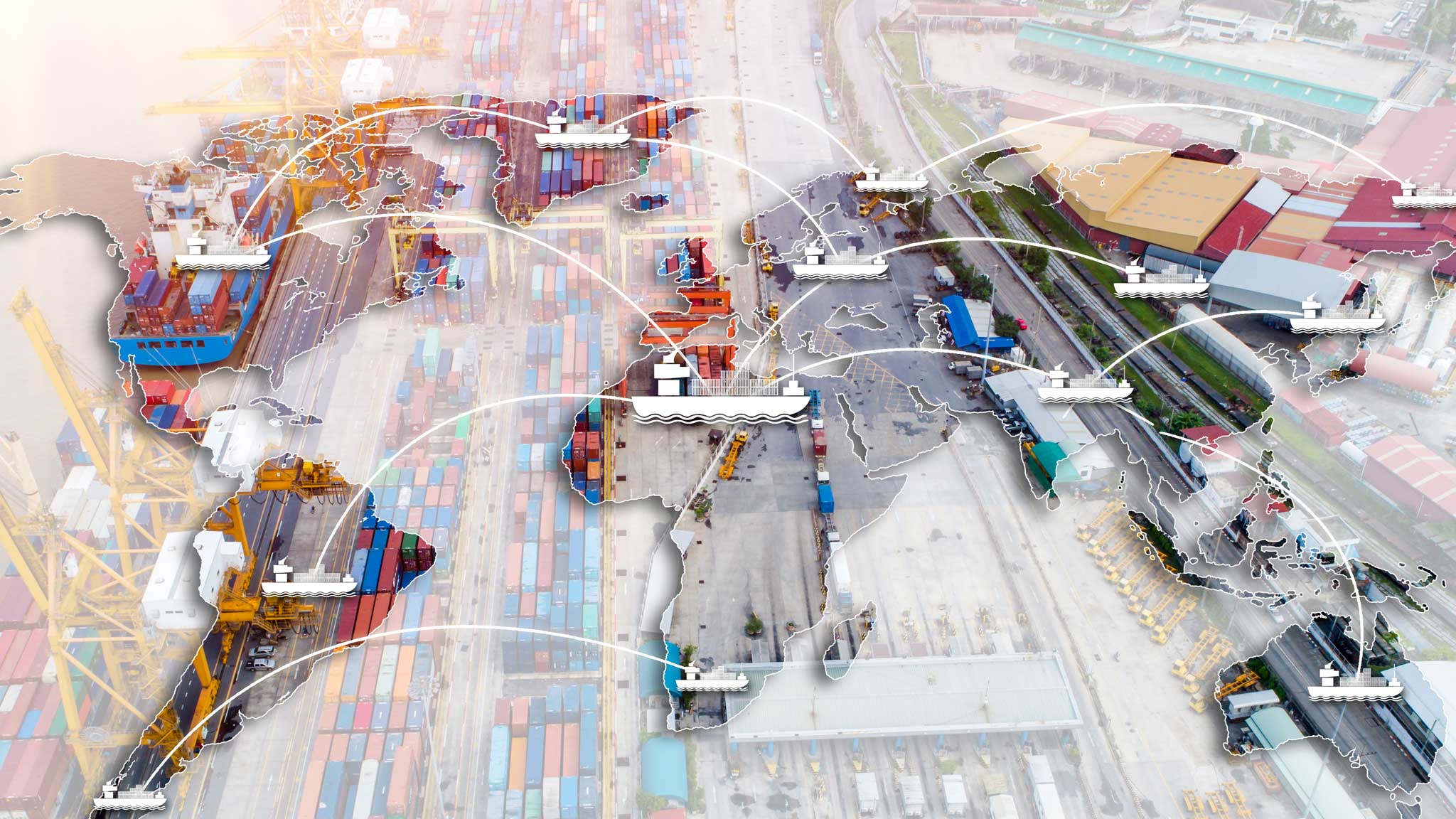
Optimizing Every Move: The Data-Driven Supply Chain Powered by IoT
Supply chain management is being completely revolutionized by advances in IoT (Internet of Things) technology. IoT is an amazing way to monitor supply chain activity, as it allows businesses to gather real-time data on a level not previously attainable. Sensors and actuators allow businesses to gather deep insights into the state of their products and resources at every level of the chain.
In this article, we’ll talk about the power of IoT integration in supply chain management, the impact of IoT on the supply chain, examples of how companies are already implementing IoT-based solutions for supply chain management, and some potential challenges involved in utilizing IoT in this way.
What is the IOT?
IoT (the Internet of Things) is a network of physical devices that are imbued with data-collecting measures. Typically, data is obtained via sensors: temperature, light, motion, humidity, etc., and transferred to the network via software like Bluetooth or WiFi. IoT allows everyday items and devices to be turned into “smart” devices that can gather data and improve our lives.
Some great examples of the Internet of Things in action are smart appliances, healthcare devices for monitoring patient biometrics, precision farming tools, automated industrial tools, and GPS devices that track the location of delivery trucks.
What is the impact of using IoT in the supply chain?
When IoT is incorporated into the supply chain, it allows businesses to more effectively track what is happening at each stage of a product’s development. It facilitates vertical collaboration by providing real-time data sharing and analytics and improves the transparency of the supply chain, enhancing the efficiency of supply chain software development.
IoT also helps supply chains to become less wasteful and better utilize resources by allowing for more accurate risk-assessment and predictive maintenance. The state of not just resources and products, but the tools required to build them and the locations that house them can be continuously monitored.
Here are a few ways in which Internet of Things (IoT) impacts the supply chain.
Sensors and monitors allow companies to track assets like delivery vehicles and storage facilities, leading to increased efficiency, better security, and improved visibility.
- Inventory Management: Devices in storage facilities also allow businesses to track the state and quality of their inventory, improving fulfillment efficiency and reducing stocking issues.
- Environmental Monitoring: Temperature, humidity and other environmental conditions can be monitored to ensure product quality and allow companies to respond quickly to disasters like floods and fires.
- Automation: Automated IoT devices improve warehouse efficiency by managing tasks that human employees may find difficult—lifting heavy items, doing repetitive tasks for extended periods, etc.
Examples of using IOT in supply chain management
Here are some of the ways companies are already utilizing Internet of Things (IoT) in their supply chains.
Automotive
- Track location, speed, direction of delivery vehicles
- Monitor the condition of parts and components
- Monitor levels of vital liquids such as gas and coolant
- Track the environmental impact of various delivery methods
Electronics
- Optimize energy consumption by detecting where waste is happening
- Monitor inventory levels in warehouses, stores, and distribution centers Combat counterfeiting through advanced authentication protocols
Pharmaceuticals
- Monitor the temperature and humidity of storage facilities and transportation vehicles
- Track inventory through all levels of the chain
Challenges and Considerations for using IOT in supply chain management
While IoT is a game-changer for supply chain management, it’s not without its pitfalls. Let’s examine a few of those now.
Security and Privacy: With the introduction of more data comes the introduction of more potential data breaches. Security and data privacy must be top-of-mind for companies seeking to implement IoT solutions in their supply chains. Compliance with existing and future data privacy legislation is crucial.
Interoperability: Different devices from different manufacturers might utilize different communication protocols. It’s imperative that companies research ahead of time to determine which devices will work together and ensure smooth, seamless communication among branches of their supply chains.
Data Management: More data is not necessarily useful if it isn’t properly managed. Businesses must consider that proper data storage, pipelines, and management processes must be implemented to effectively analyze and make use of the data obtained from IoT devices.
Despite these challenges, the transformative impact of IoT on supply chain management is undeniable. As businesses navigate the complexities of integrating IoT solutions into their operations, they stand to unlock new opportunities for efficiency, innovation, and competitive advantage in an increasingly interconnected global marketplace. Embracing the power of Internet of Things (IoT) in supply chain management is not just a technological advancement but a strategic imperative for businesses aiming to thrive in the digital age.



































